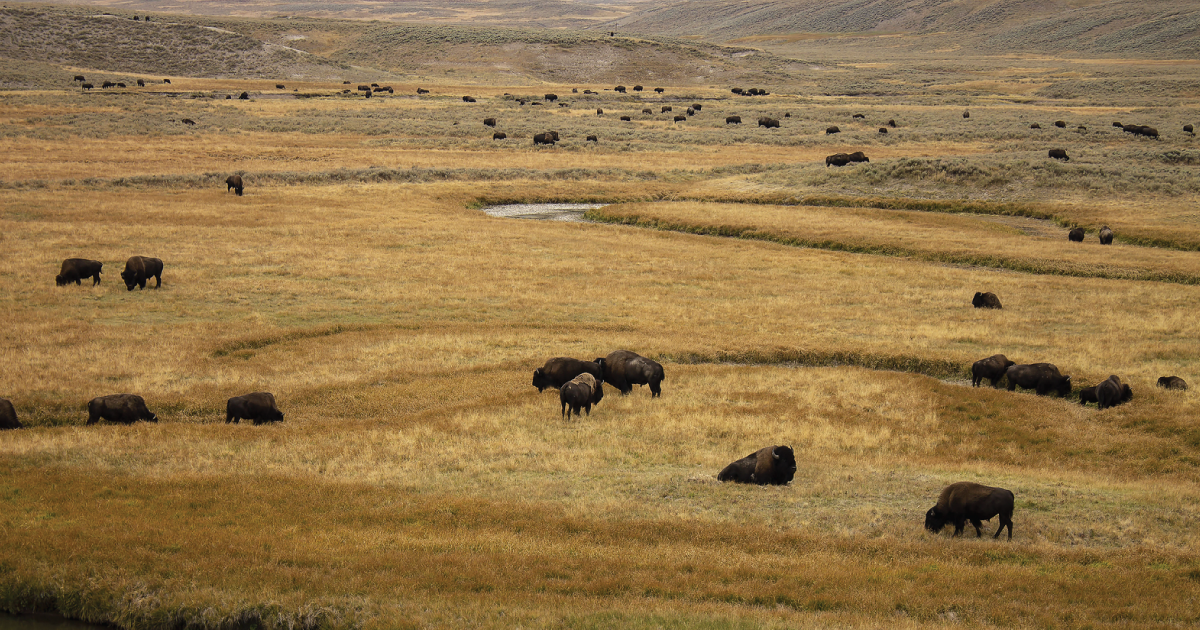
Once Doomed, America’s Recovering Bison Are Saving US Ecosystems
This is the Flint Hills. For over a century it has been cattle country, a place where cows grow fat on nutritious grasses. More recently, a piece of this landscape was transformed in 1992 when the nonprofit Nature Conservancy bought the Barnard Ranch. It created a nature reserve there, the Tallgrass Prairie Preserve, which now covers almost 40,000 acres.
January 18, 2019 | Source: The Conversation | by Matthew D. Moran
Driving north of Pawhuska, Oklahoma, an extraordinary landscape comes into view. Trees disappear and an immense landscape of grass emerges, undulating in the wind like a great, green ocean.
This is the Flint Hills. For over a century it has been cattle country, a place where cows grow fat on nutritious grasses. More recently, a piece of this landscape was transformed in 1992 when the nonprofit Nature Conservancy bought the Barnard Ranch. It created a nature reserve there, the Tallgrass Prairie Preserve, which now covers almost 40,000 acres.
A central element of the group’s conservation strategy was reintroducing the American bison (Bison bison), which had been eradicated from the land in the mid-1800s. Releasing the first bison in 1993 was a step toward restoring part of an ecosystem that once stretched from Texas to Minnesota.
Today some 500,000 bison have been restored in over 6,000 locations, including public lands, private ranches and Native American lands.
